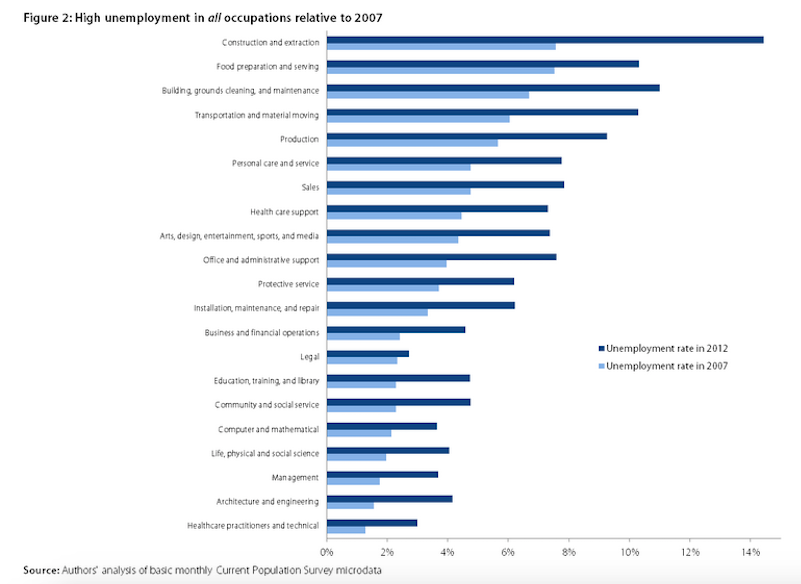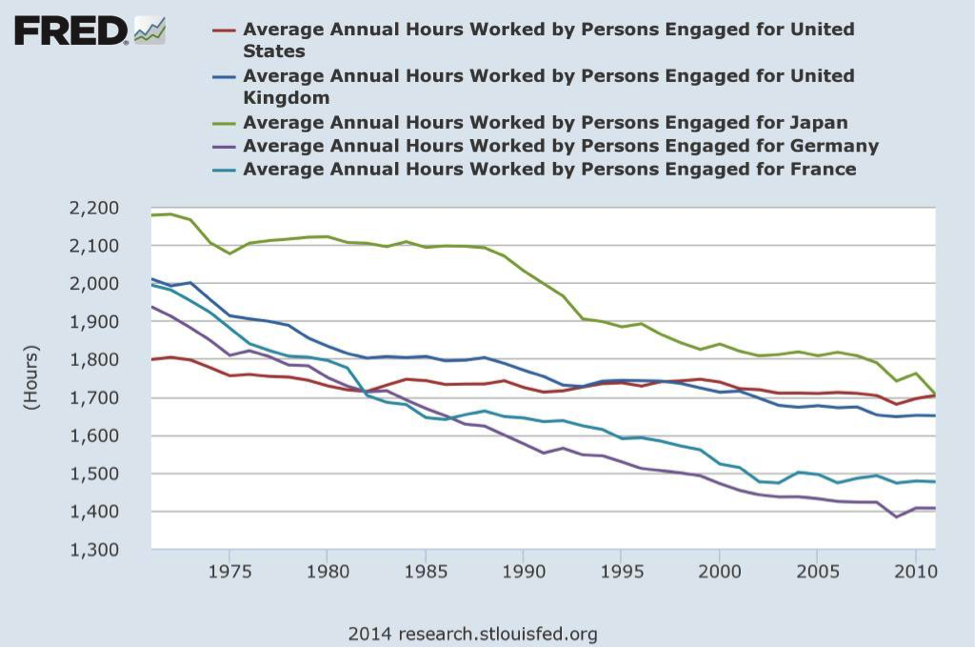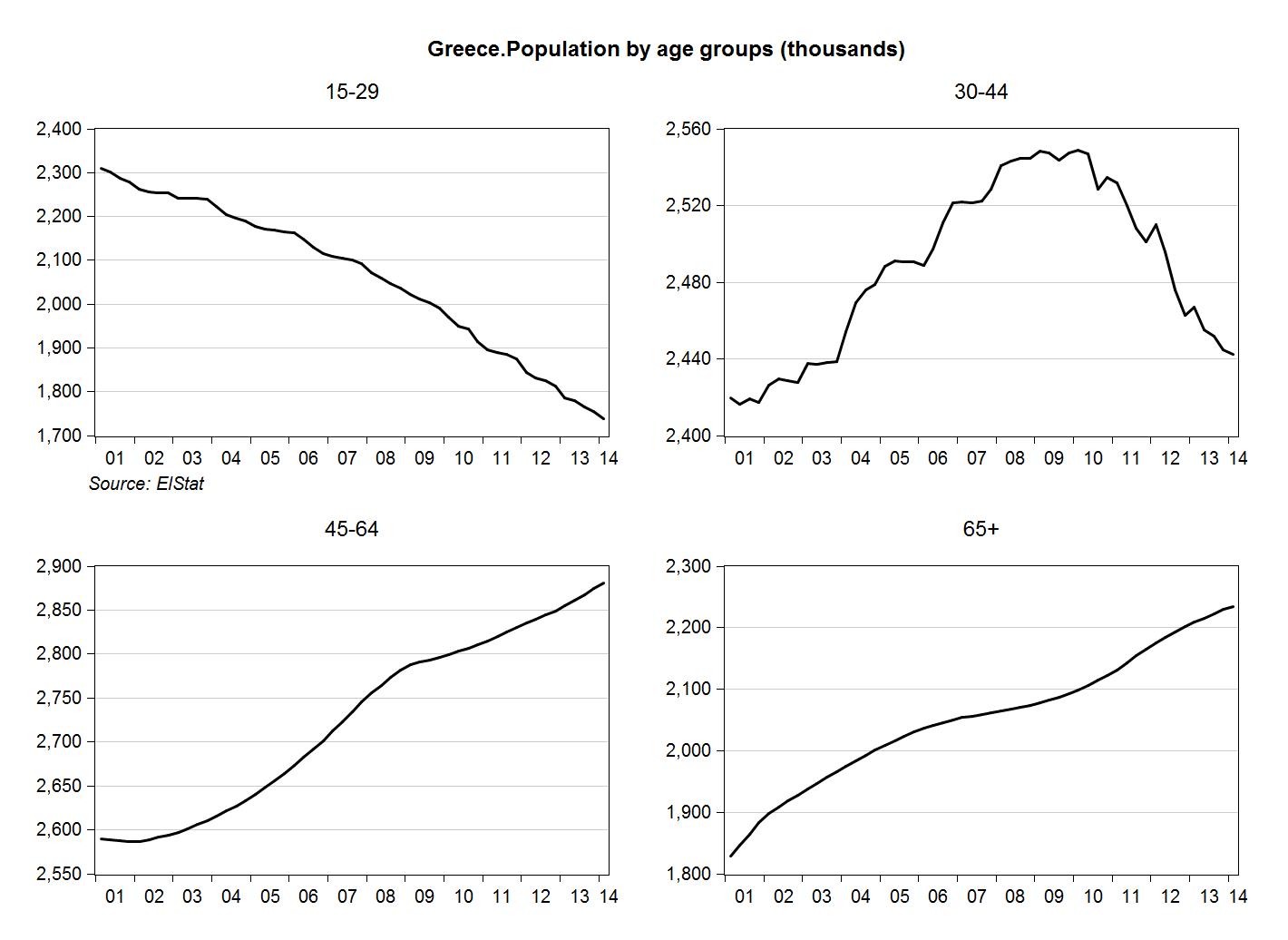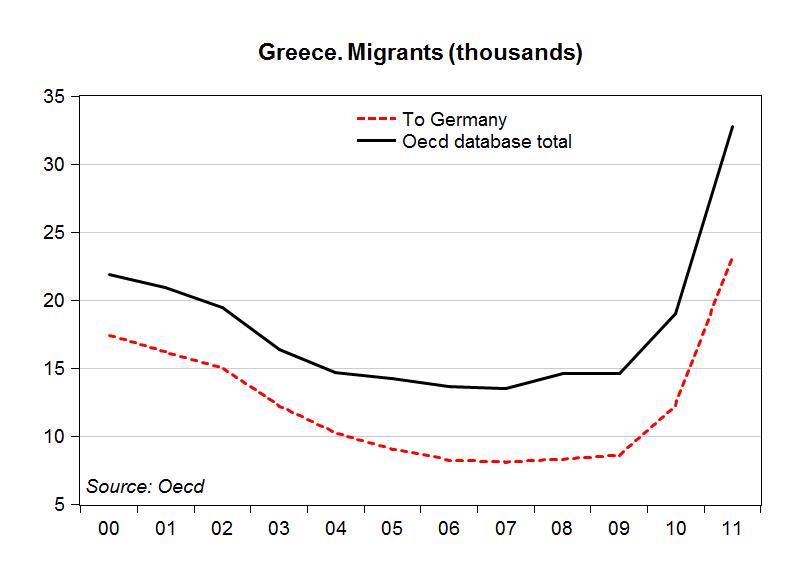The recent 40 percent jump in the value of the Swiss Franc will have some effects similar to those of deflation where it seems to be taking hold, including Japan and much of Europe. When a currency increases in value, foreign debts in those currencies become more of a burden. The New York Times brings it home with the story of households in Poland and other European countries who have some foreign debt of their own—mortgages whose payments are suddenly much higher in their own currency, after the Swiss National Bank (the Swiss counterpart to the ECB and the Fed) stopped using foreign-currency operations to peg its currency against the Euro. In fact, the FT reports that mortgages in the Swiss currency make up 37 percent of Polish home loans. The Swiss decision was encouraged by a European Central Bank that is getting ready to push long-term interest rates down further through its own program of quantitative easing (QE). Instead of printing more Francs to buy Euro and other currency, the Swiss National Bank (SNB) allowed the Franc to rise in one big move, abandoning its peg to the depreciating Euro. This move will increase import demand in Switzerland from Poland and other European producers. But as always with a sudden devaluation, foreign-currency debtors suffer from a so-called currency mismatch problem as the amount of debt rises in terms of the things that they sell to make a living, including hours of labor.
Exchange rate pegs are difficult to maintain for an extended period, especially in relatively poor countries, as changing economic conditions cause misalignments in exchange rates. One reason not to institute a peg is the instability that can ensue when it is abandoned, and this instability can cause penury for debtors, including governments. A second bad policy is interest rates that that need to be reduced generally by the monetary policy authorities where possible. One policy approach is to target help at the debtors themselves, particularly households and countries that must be helped up to maintain autonomy. The latter include Greece, for which our Greek macro team recently suggested an interest-payment moratorium. Sometimes, a reduction in the amount owed, or principal, is in order, as it was —and probably still is—for many subprime and Alt-A (mid-range credit rating) borrowers affected by the US mortgage crisis. Eastern European countries debated converting Swiss mortgages into domestic-currency debts at a higher-than-market domestic exchange rate. A slightly less-targeted form of help is to implement jobs programs of various types and to hold the line on public-sector wages. But when unemployment and other economic indicators suggest stagnation if anything, such targeted policy stimulus helps, yet it has only an indirect impact on private investment, overall economic growth, and unmet infrastructure, poverty-reduction, and pension needs.
The ECB is smart to implement QE, given high rates of unemployment in almost every country in the Eurozone. The SNB may even be smart to allow its currency to rise, given strong economic performance. And by the same token, if the Polish government can broadly raise spending, increasing resources for budget items that encourage economic growth and inflation is under control (2 percent—one common benchmark—is rather low for a target, especially given high unemployment), it should do so. Monetary stimulus might also form part of the picture. With such a move, the government would take steps in the same direction as the ECB and the Japanese government, recognizing the threat of debt deflation.
Generally, the a combination of the three types of policy outlined here would work effectively in many countries with high unemployment, weak growth, and large amounts of bad private-sector debt. Targeted help for borrowers can take many forms, but writing off a portion of the principal, with the central bank’s help, if necessary, is often the only way to avert widespread private-sector bankruptcies. In contrast, broad measures might include, for example, devaluations of the domestic currency, investments in infrastructure and R&D, wide-ranging open-market purchases, tax cuts, and other available measures to spur all sectors of the economy. Third, universal measures—programs available to all who meet eligibility criteria—would include Social Security and its counterparts in affected countries. (An employer-of-last resort, or ELR, program would fit within both universal and targeted categories.) It is more risky rather than less not to maintain such programs during a crisis.









 ShareThis
ShareThis